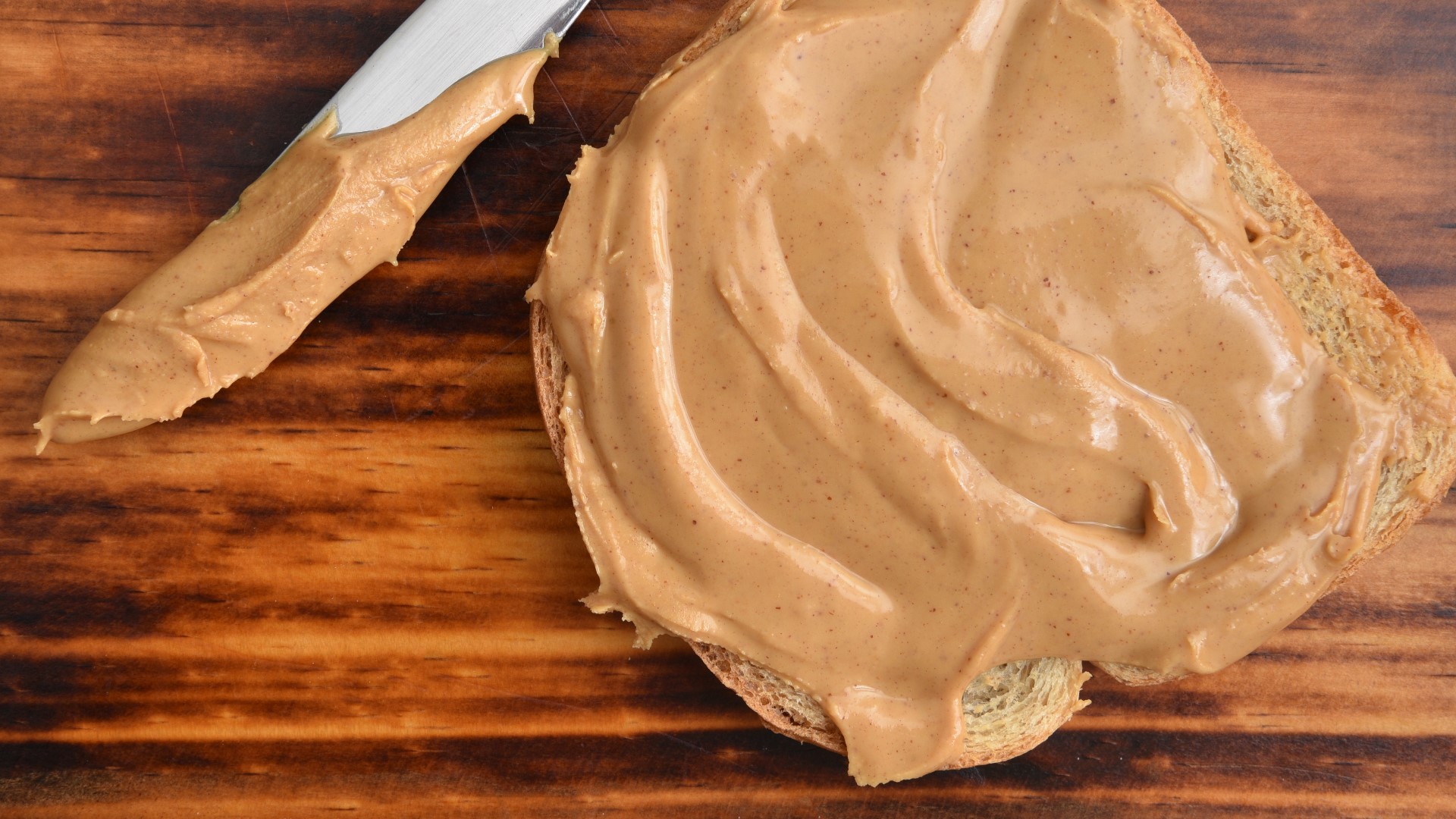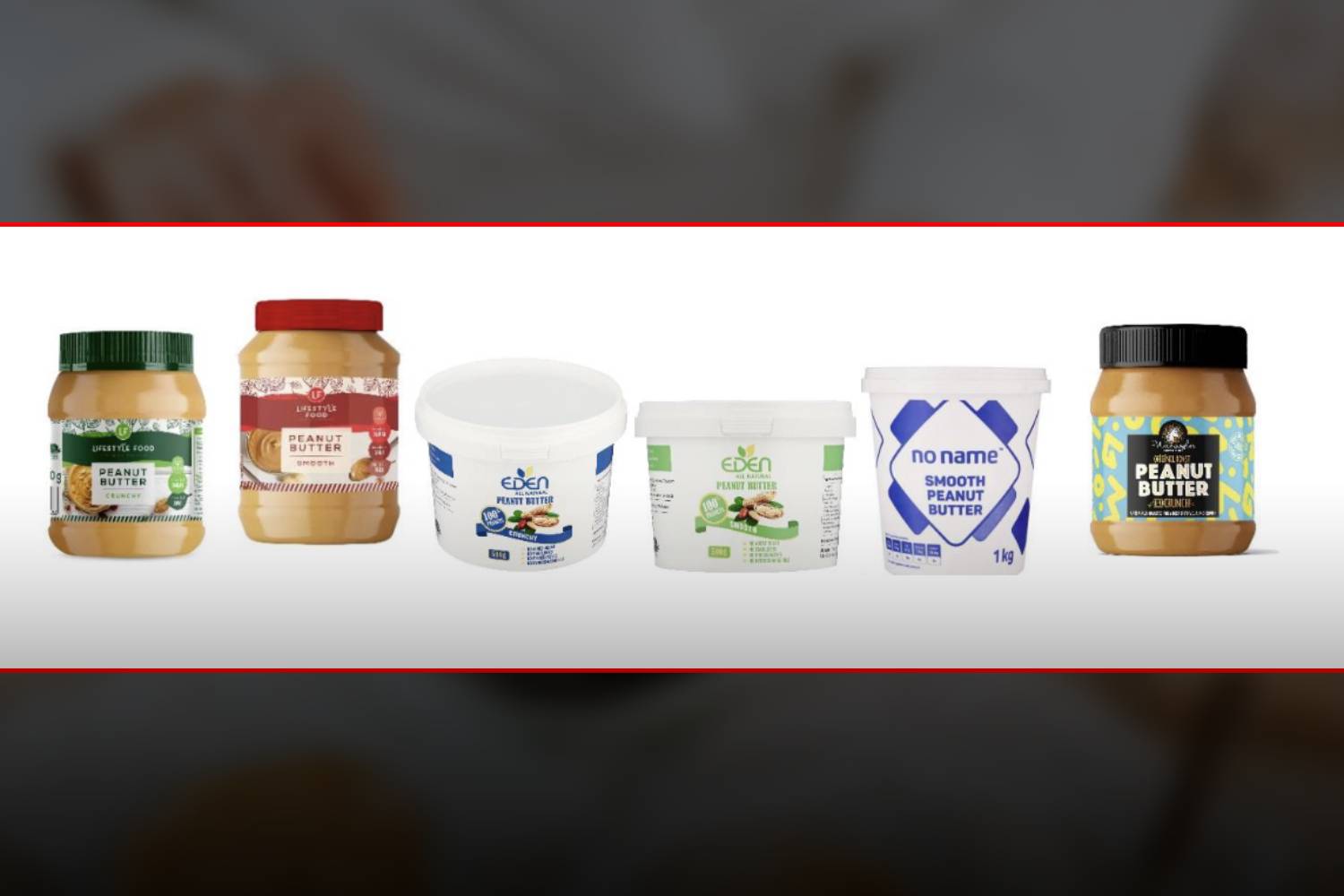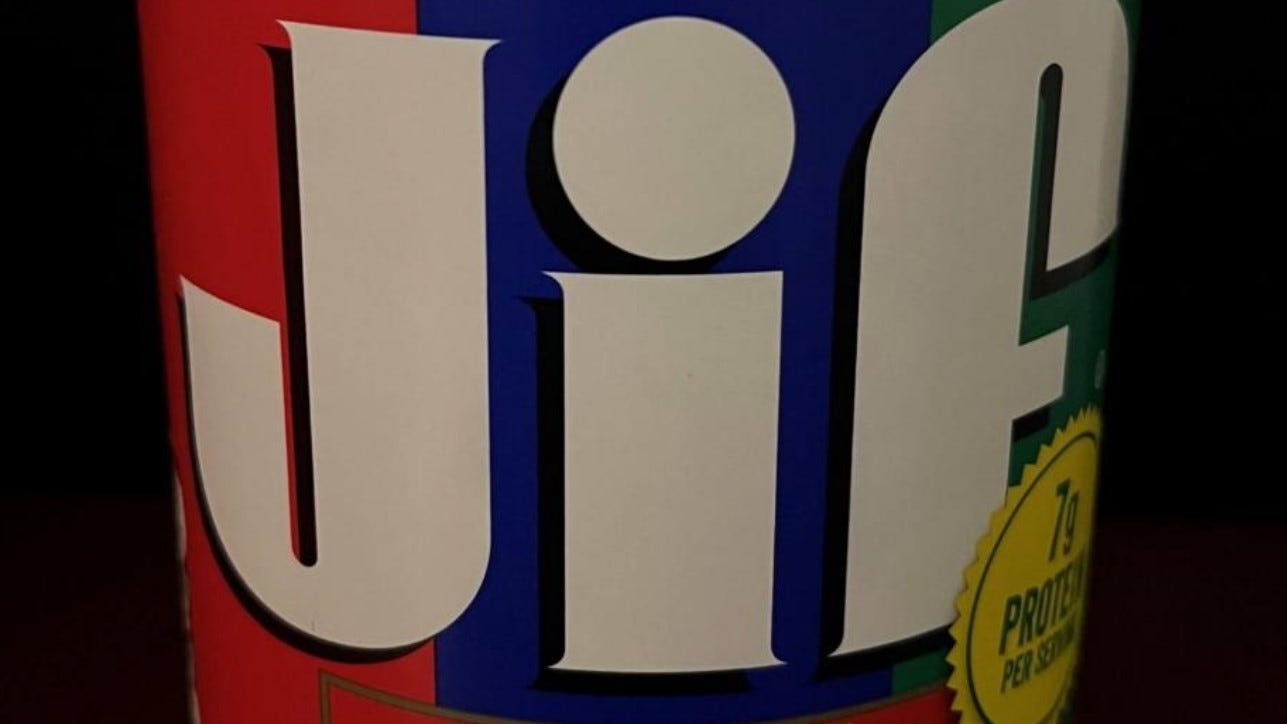Table of Contents
- Jif Recalled Peanut Butter 2024 - Jaime Lillian
- Peanut Butter Recall 2024 List Uk - Lita Beverlie
- Jif peanut butter recall: Snacks, candy recalled for salmonella risk
- | What quality costs will the J.M. Smucker Company incur from its ...
- Is Jif Peanut Butter Safe For Dogs
- Skippy peanut butter recalls jars that may contain steel pieces | wcnc.com
- Peanut Butter Recall 2024 List Uk - Lita Beverlie
- Jif Peanut Butter Recall 2024 List - Tatum Gabriela
- Jif Peanut Butter Recall 2024 List - Tatum Gabriela
- Nearly 80,000 Pounds of Butter Recalled Due to Labeling Error



The Recall: What Happened?
:max_bytes(150000):strip_icc()/Jif-Peanut-Butter-Recall-FT-BLOG0522-1435de42796846dbb2d41ae55bea2b3c.jpg)
:max_bytes(150000):strip_icc()/Jif-Peanut-Butter-Recall-FT-BLOG0522-1435de42796846dbb2d41ae55bea2b3c.jpg)

Health Risks: What You Need to Know


Cause of Contamination: Investigating the Source
The investigation into the contaminated butter is ongoing, but experts point to several possible causes. Poor sanitation and hygiene practices during the manufacturing process, inadequate testing protocols, and insufficient quality control measures are all potential contributing factors. The use of contaminated water or equipment, as well as the presence of animals in proximity to the production area, may also have played a role.
Prevention is Key: Ensuring Safe Dairy Products
To prevent similar incidents in the future, dairy manufacturers must prioritize strict quality control and sanitation protocols. This includes regular testing for contaminants, proper equipment maintenance, and adherence to good manufacturing practices (GMPs). Additionally, regulatory agencies must enforce stringent standards and conduct regular inspections to ensure compliance.:max_bytes(150000):strip_icc()/JIF-Peanut-Butter-Recall-6b7fb799209d45dbb33245859da740f5.png)
What This Means for Consumers
The recall of contaminated butter serves as a reminder of the importance of food safety and the need for vigilance in the dairy industry. Consumers can take steps to protect themselves by: Checking the recall list and returning any affected products Verifying the authenticity and quality of dairy products Supporting manufacturers that prioritize quality control and transparency Reporting any concerns or suspicious products to regulatory agencies The recall of butter due to elevated levels of fecal matter is a wake-up call for the dairy industry and consumers alike. While the incident is unsettling, it highlights the importance of robust quality control measures and strict sanitation protocols. By understanding the risks and taking proactive steps, we can work towards a safer and healthier food supply. As consumers, we must remain informed and vigilant, demanding the highest standards from manufacturers and regulatory agencies. Only through collective effort can we ensure the integrity of our food and protect public health.Keywords: butter recall, fecal matter, food safety, dairy industry, contamination, health risks, quality control, sanitation protocols.